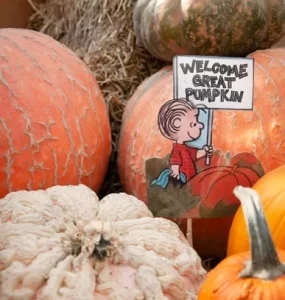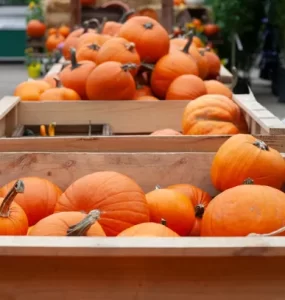
Avoiding Potato Scab
by Rob Sproule
If you’ve ever grown an Alberta spud, you’ve probably encountered potato scab. As common as a cold, scab is a bacterial infection that results in nasty scabs across the potato. You’ll notice tan to dark brown, rough textured lesions where smooth flesh is supposed to be. Sometimes it comes off with a peeler, but other times you’ll need a knife to cut off a quarter inch of scabby badness.
The good news is that scab damage is entirely superficial. Scrape it off and you’ll find an unblemished tuber underneath. For commercial growers, however, it’s an aesthetic issue that can turn into a real commercial problem.
What is it?
Streptomyces scabies is a bacteria that typically gets into your garden via infected seed spuds. Seed Potato Basics
Inspect the potatoes you bring home carefully and only buy from vendors you trust. It can blow in from wind and rain, as well. Since it can pass through animals’ digestive tracts, it can also come in via the fresh manure you use to freshen up the spring garden.
Once in the soil it can live indefinitely, overwintering under the cover of leaf litter and garden detritus. It thrives in slightly alkaline soil (5.2 to 8), and can live in the soil for several years even without spuds.
Scab attacks the potato plant either via the stem or directly into the tuber. It’s not as picky as most people think, and will also attack beets, radish, turnips, parsnips, and rutabaga.
Remedies
Buy your seed spuds from trusted vendors and, if you have a history of scabby soil, look for varieties that are more resistant. Norland, Viking, Gold Rush, and especially Russet Burbank are the most popular and most resistant types. Red Pontiac and Yukon Gold are known to be more susceptible.
Slightly acidic soil will help prevent potato scab, so blend in a healthy amount of peat moss before planting. Peat is light and well draining, which is ideal for tubers to grow easily. Consider sprinkling a small handful of spruce needles into the mix, as well. Try to not plant your spuds in the same place for more than 1 season. Ideally, plant them where legumes grew the year before (peas and beans) as they would have added much needed nitrogen to the soil. Avoid planting where other members of the Solanum family grew (tomatoes, peppers, eggplant, potatoes), as pests and diseases tend to infect by family.
A touch of sulfur dust may help prevent disease. While wearing gloves, put the piece of spud in a freezer bag with a dash of sulfur and, like shake-and- bake, toss them together. Make sure not to break any emerging sprouts.
Many gardeners swear by molasses. Grab the sticky old carton of “˜blackstrap’ from the cupboard and mix 1 cup with 5 gallons of warm water. Apply to the ground under the spuds at planting time and repeat a couple times while they grow. The theory is that the molasses will encourage beneficial bacteria to grow and out-compete the scab.















